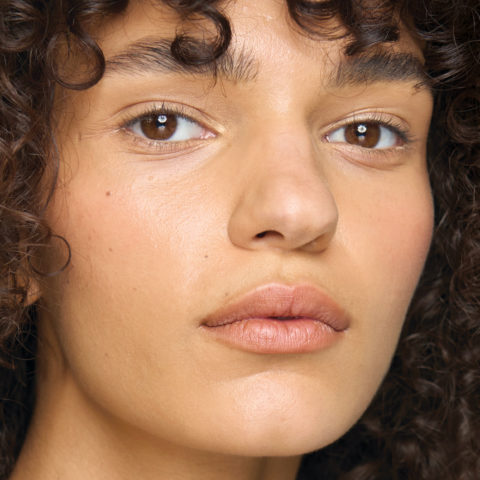Christie Brinkley Isn’t Ashamed of Her Anti-Aging Secret
“I don’t understand why. It’s not hurting anybody.”
Described as a “non-surgical facelift” because it reaches the level of the muscle that would be cut if you were doing one, Ultherapy delivers “predictable” results with a “very high satisfaction rate,” says Dr. Patricia Wexler. The New York dermatologist cites it as her favourite treatment for her patients and even herself. “I personally do it every two years,” she says, adding that it only needs to be administered again because of continued aging, not because the results fade.
When Christie Brinkley signed on as a spokesperson for Ultherapy and the injectable toxin Xeomin last October, the 64-year-old model took issue with how the company, Merz, originally framed the announcement. “They were handling it as if I’d been caught doing something wrong,” she says, seated in a booth at Avra Madison restaurant in New York City. “Even in the first release, they used the word ‘reveal.’” She requested that it be reworded, insisting that they allow women the right to do what they want.
Secrecy surrounding beauty activities is something Brinkley says dates back to the 1960s, when women would keep whether they coloured their hair under wraps, slipping in the back door of the salon. “The thing was ‘Does she or doesn’t she? Only her hairdresser knows for sure!’” she recalls. “I don’t understand why. It’s not hurting anybody.” For Brinkley, she sees speaking on behalf of treatments she likes as no different from the products she has paid lip service to throughout her career. “I’ve been sharing my beauty tips for over 40 years,” she says. “When I find something that works, I generally talk about it.”
The one we’re discussing today, Ultherapy, sends focused ultrasound energy deep into the skin to jump-start the production of collagen and elastin and results in a lifting and tightening effect. Brinkley wanted to try it after seeing it demoed on Today. “It’s something you do once and you’re good to go for the next year or 18 months,” she says.
“I thought, ‘This is so ridiculous.’ Women shouldn’t have to feel like that. It should be about you and your personal reasons.”
As for Xeomin, Brinkley says she decided to try it because she had a marionette line on the side of her face that looked like a fork in a road that she couldn’t let go. But the first time she went for the treatment, it was all “very hush-hush.” “I thought, ‘This is so ridiculous.’ Women shouldn’t have to feel like that,” she says, adding that if something is going to make you feel better about yourself, why be ashamed? “It should be about you and your personal reasons.”
After Brinkley’s endorsement, I couldn’t offer up my face fast enough when I had the chance to try Ultherapy, especially since French cosmetic doctor Jean-Louis Sebagh suggested it to shorten and tighten the muscles of my jawline when he scrutinized my face last year. But what I experienced at a Toronto dermatology clinic was more painful than I had anticipated, and no amount of laughing gas or reminders to myself that I’d endured labour contractions helped me push through to the end.
Apparently the procedure shouldn’t have hurt that much, so I tried it again at Clarity Medspa, where it was far more tolerable. There was some residual tenderness for the next few days, and I started to see results about two and a half months in; it typically takes three. My jawline is noticeably sharper, the skin below my cheekbones looks less jowly and the entire lower half of my face seems a little slimmer. Like Brinkley, I’m officially a believer.








